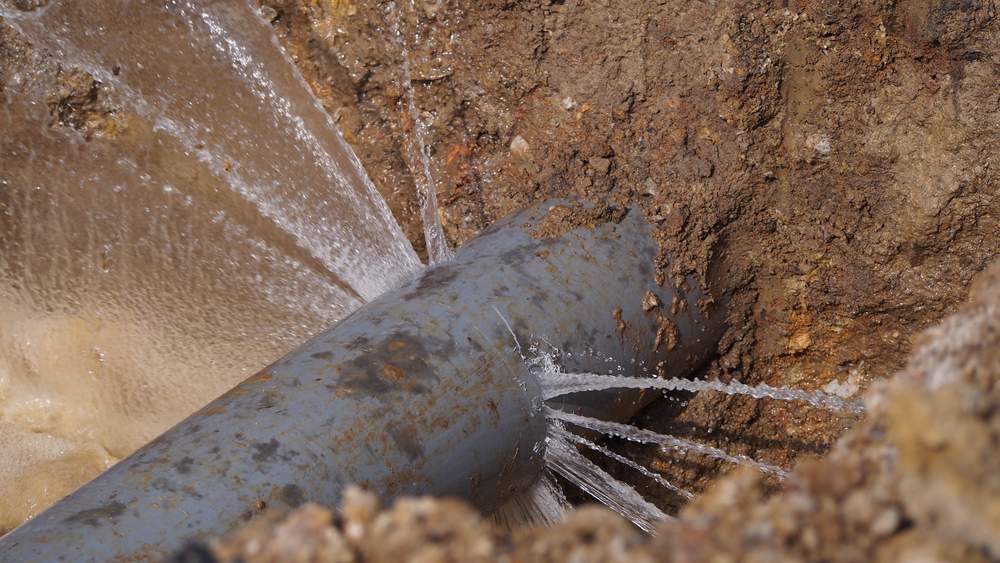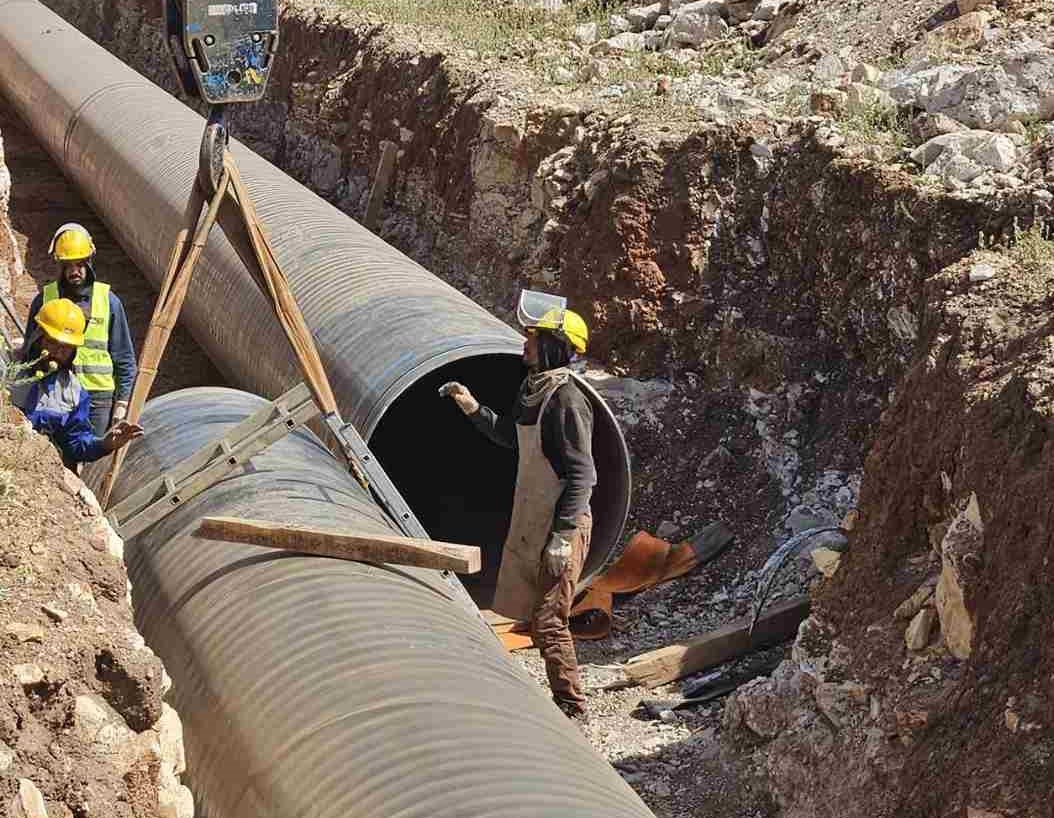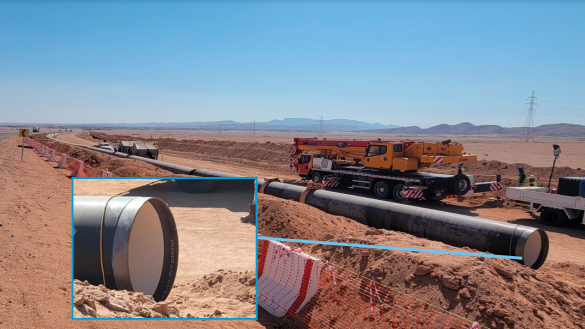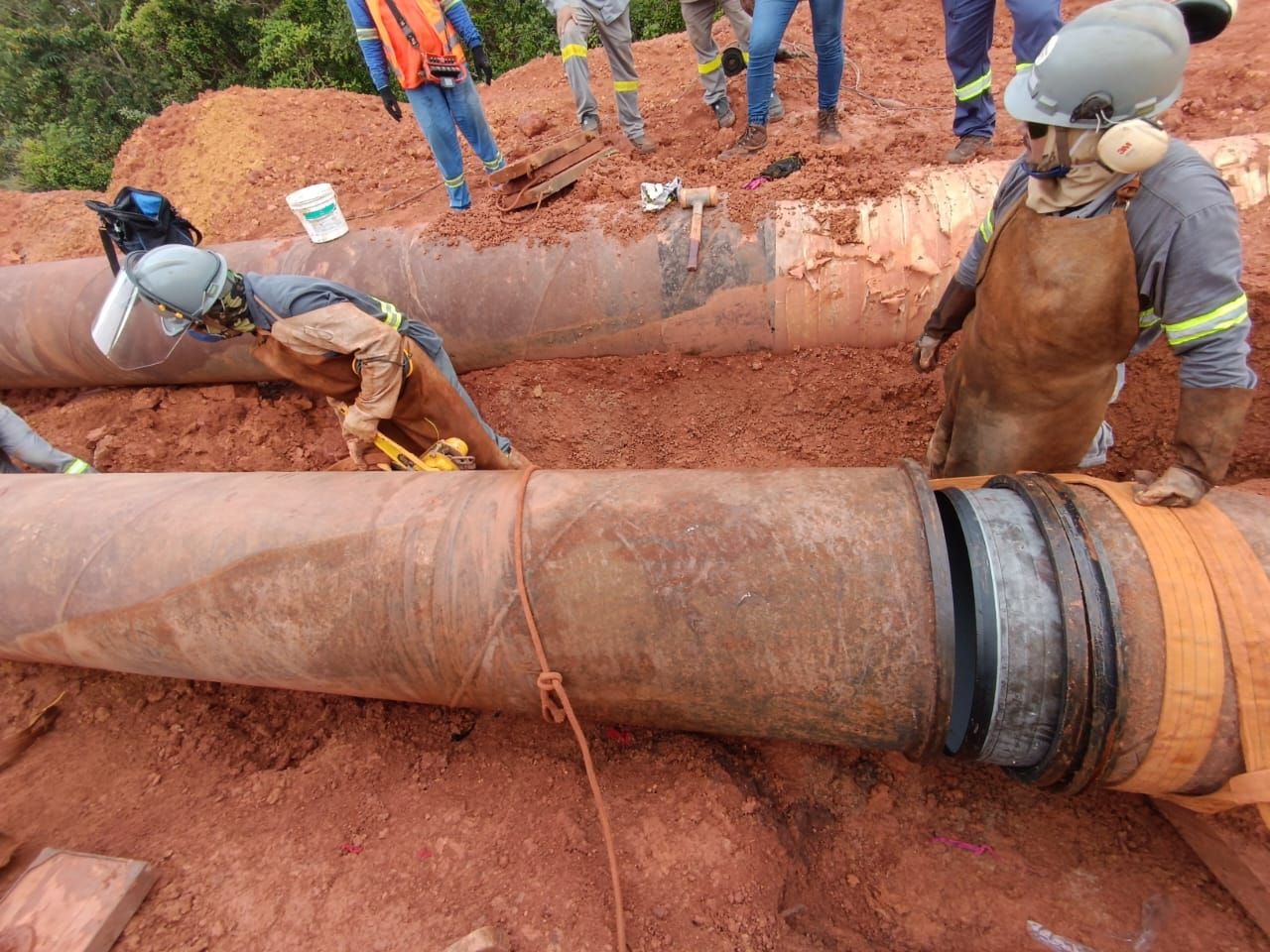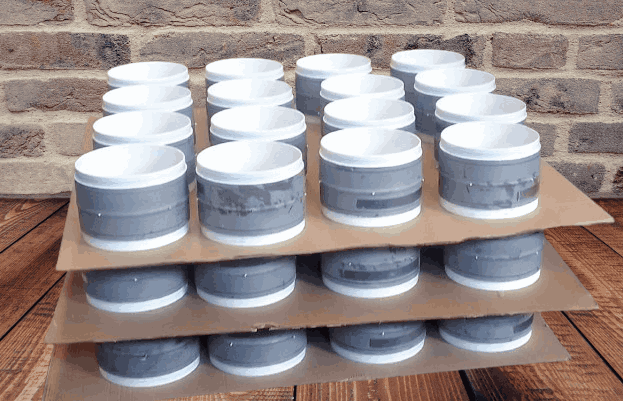Water pipes are an essential component of any modern plumbing system, ensuring the flow of water to our homes, businesses, and public spaces. However, these pipes are not immune to potential problems, with one of the most serious issues being pipe bursts.
A burst water pipe can lead to extensive water damage, disruption, and costly repairs. In this blog post, we will delve into the various factors that can cause a water pipe to burst, from environmental influences to aging infrastructure and human errors.
Burst water pipes can occur as a result of a variety of internal and external sources, frequently causing property damage, disruption of water supply, and potentially leading to flooding and other concerns if not remedied swiftly.
Understanding the causes of ruptured pipes extends beyond immediate problem resolution. It helps individuals, communities, and authorities to take a comprehensive strategy for preventing, managing, and responding to such incidents, ultimately protecting lives, property, and resources.
Common Cause of Water Pipe Burst
If you have a query, “What can cause a water pipe to burst?” then the following are some common factors:
1. Internal Factors
Water pipes are an essential component of contemporary infrastructure, allowing clean water to be distributed to homes, companies, and other facilities. They are, however, not immune to problems that might cause bursts and leaks. While extrinsic causes such as freezing temperatures and earth movements can undoubtedly lead to pipe failures, interior variables are as important.
Understanding these underlying causes is critical for avoiding costly water pipe bursts and the associated damage. Understanding the internal elements that can cause a water pipe to break is critical to ensuring a dependable and safe water distribution system.
Regular maintenance, monitoring of water quality, pressure regulation, and timely repairs are critical to preventing these internal variables from degrading pipes and triggering bursts.
Read: “Step-by-Step Guide to Applying FBE Coating in Pipelines”
2. Corrosion and Erosion
Corrosion and erosion are gradual but significant contributors to water pipe bursts. Over time, pipes can degrade because of chemical reactions with the water, soil, or other materials they come into contact with.
Corrosion weakens the pipe walls, making them more susceptible to pressure changes and potential bursting. In addition, erosion from abrasive water or debris flowing through the pipes can wear away the inner lining, further compromising their structural integrity.
3. Water Pressure Fluctuations
Water pressure fluctuations within the plumbing system can also lead to burst pipes. If there is a sudden and drastic increase in water pressure, the pipes may not be able to handle the stress, causing them to rupture.
Water hammer, a phenomenon that occurs when water flow is suddenly stopped or redirected, can create pressure surges that weaken the pipes over time and make them more prone to bursting.
4. Aging Infrastructure
In many older cities, the water infrastructure consists of aging pipes that have been in use for decades. As these pipes age, they become more brittle and prone to cracks and leaks. Over time, the cumulative effects of corrosion, pressure changes, and natural wear and tear can significantly weaken the pipes, increasing the risk of bursts.
5. Tree Root Intrusions
Roots from trees and shrubs can exert considerable force on water pipes, causing them to crack or rupture. As roots seek sources of water, they can penetrate small openings or joints in pipes, leading to blockages, leaks, and eventually bursts.
Regular maintenance and inspections are crucial to identifying and addressing potential root intrusions before they cause severe damage.
6. Poor Installation or Workmanship
Improper installation of pipes or poor workmanship during repairs or renovations can introduce weak points in the plumbing system. Misaligned joints, inadequate sealing, or the use of subpar materials can all contribute to the vulnerability of pipes. These weak points are more likely to fail under pressure, potentially leading to bursts.
Explore: “CCB® Sleeve for Thin Linings: A Complete Overview”
7. Water Quality and Chemistry
The quality and chemistry of the water running through the pipes can also play a role in pipe bursts. Water with high mineral content, known as hard water, can lead to mineral buildup inside pipes, reducing their diameter and impeding water flow.
This buildup increases pressure within the pipes, making them more prone to bursting. Additionally, aggressive water with low pH levels can corrode pipes over time, weakening their structure and integrity.
8. External Factors
External forces can also trigger pipe bursts. Construction activities, nearby excavation, or accidental impacts from heavy machinery can damage pipes and create weak points that are susceptible to bursting. Proper precautions and awareness are necessary to avoid unintentional damage to underground or hidden pipes.
Conclusion
Preventing water pipe bursts requires a combination of proper maintenance, timely repairs, and understanding the various factors that can contribute to their occurrence. From freezing temperatures to corrosion, erosion, and even human errors, a holistic approach to plumbing system care is essential.
Regular inspections, prompt repairs, insulation, and the use of quality materials are all measures that can significantly reduce the risk of water pipe bursts. Consequently, ensuring the smooth and uninterrupted flow of water in our daily lives.
Now you may get your answer to the question, “What can cause a water pipe to burst?”
If you have any other problems related to the pipeline system, then visit us at Lined Pipe System.
FAQs
Q1: Can cold weather cause pipes to burst?
Ans: Yes, cold temperatures can cause water pipes to rupture. When water freezes inside pipes, it expands and causes pressure to build up. Therefore, causing the pipe to fracture or burst apart.
Q2: Can high water pressure be a factor in pipe bursts?
Ans: Yes, excessive water pressure can exceed the capacity of the pipe walls, causing weakening and ultimately explosion. Water pressure regulators can assist in preventing this.
Q3: How can external force damage pipes?
Ans: Pipes can be physically damaged by external forces such as building work, excavating, or unintentional accidents. Even slight dents and scratches can weaken the pipe and eventually cause it to rupture.
Q4: What are the signs of a potential pipe burst?
Ans: Reduced water pressure, discolored water, water stains on walls or ceilings, inexplicable water puddles, or weird noises originating from the pipes are all symptoms of a problem. These may signal a problem that requires rapid treatment.
Q5: Can water quality affect the likelihood of pipe bursts?
Ans: Yes, excessive mineral content or acidity in water can accelerate corrosion within pipes, increasing the danger of bursts over time. Water treatment systems can help with this problem.
Q6: Does pipe age play a role in the bursting of water pipes?
Ans: Certainly. Older pipes are more prone to bursting. Due to wear and tear over time, which weakens them and makes them less able to handle pressure shifts.

